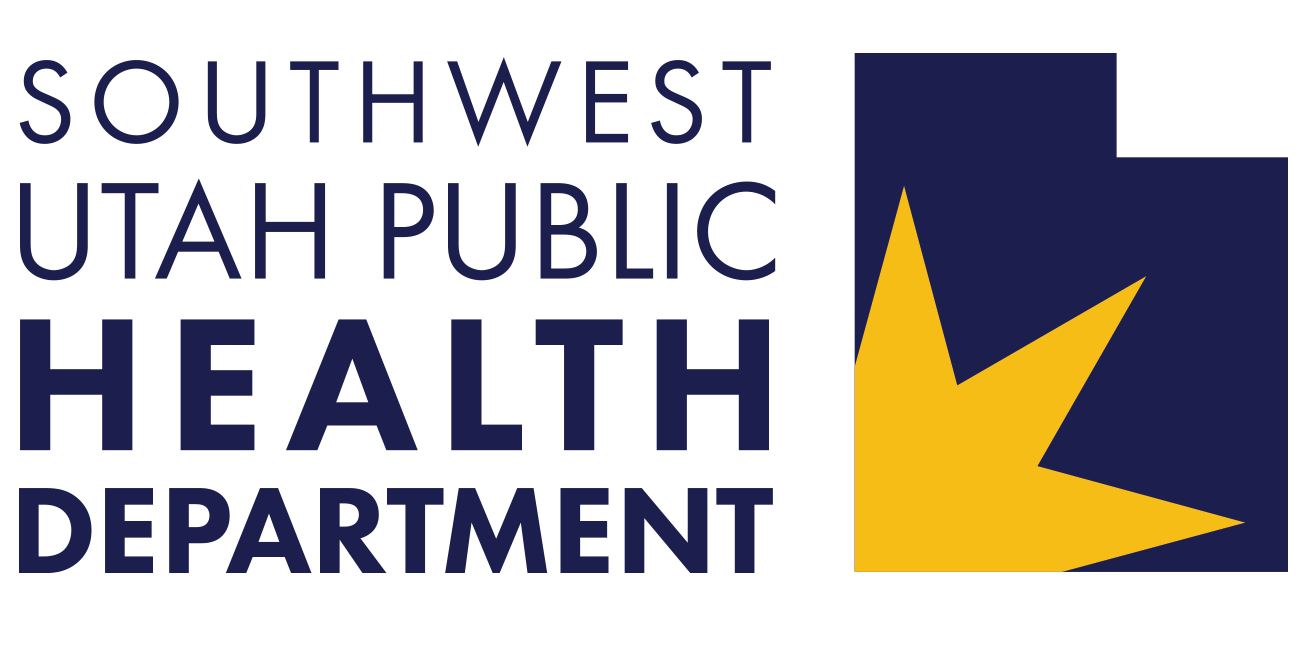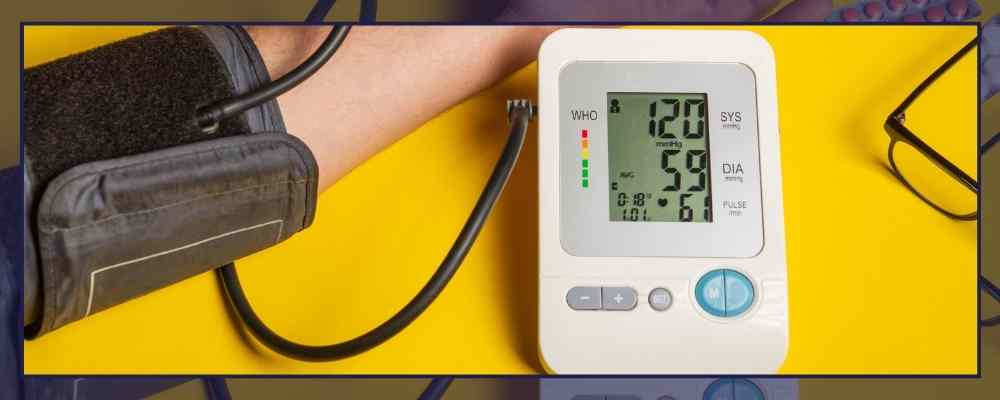One of the simplest yet most effective ways to combat heart disease is by monitoring our blood pressure. High blood pressure, also known as hypertension, is a leading cause of death and is often called the “silent killer” because it usually has no symptoms. If left unchecked, it can lead to serious health issues, including heart disease, stroke, and kidney problems.
For adults over 50, taking the time to regularly check your blood pressure is a small but impactful step in protecting your heart. By following the right techniques and using the proper equipment, you can manage your health more effectively and catch potential issues before they become serious problems. Your heart is your lifeline—keeping track of its health is one of the best ways to ensure it stays strong for years to come.
“Measuring your blood pressure at home provides a clearer picture of your health than relying solely on occasional readings at the doctor’s office.” – Dr. Stephen K. Williams, Cardiologist
MEASURING BLOOD PRESSURE ACCURATELY
Getting an accurate reading is key to understanding your heart health. Here are some tips for the best possible results to avoid “white coat syndrome” (elevated blood pressure in the clinicians office, but normal blood pressure at home).
CHOOSE THE RIGHT SETTING
Take your blood pressure in a quiet place where you can relax for a few minutes. Sit comfortably with your back supported and feet flat on the floor. Rest your arm on a table or flat surface so your elbow is at the same level as your heart.
AVOID STIMULANTS
For at least 30 minutes before measuring, avoid caffeine, nicotine, or vigorous activity, as these can temporarily raise your blood pressure.
USE THE RIGHT EQUIPMENT
Home blood pressure monitors are available for purchase at department stores or online. Look for one that is approved by the FDA or American Heart Association. You can also check out a monitor kit for free at many local libraries in Southwest Utah. Use a blood pressure cuff that fits your arm correctly. An ill-fitting cuff can lead to inaccurate readings.
TAKE A READING
Follow the instructions on your blood pressure monitor. Keep still and quiet while the reading is taken.
RECORD THE RESULTS
Start a blood pressure log by writing down your systolic (top number) and diastolic (bottom number) readings, along with the date and time. Take multiple readings- If your first reading is very high or low, wait a few minutes and take another measurement to ensure accuracy. Do this twice a day for a week to get an accurate average reading.
This article originally appeared in the Spring 2025 issue of HEALTH Magazine.






